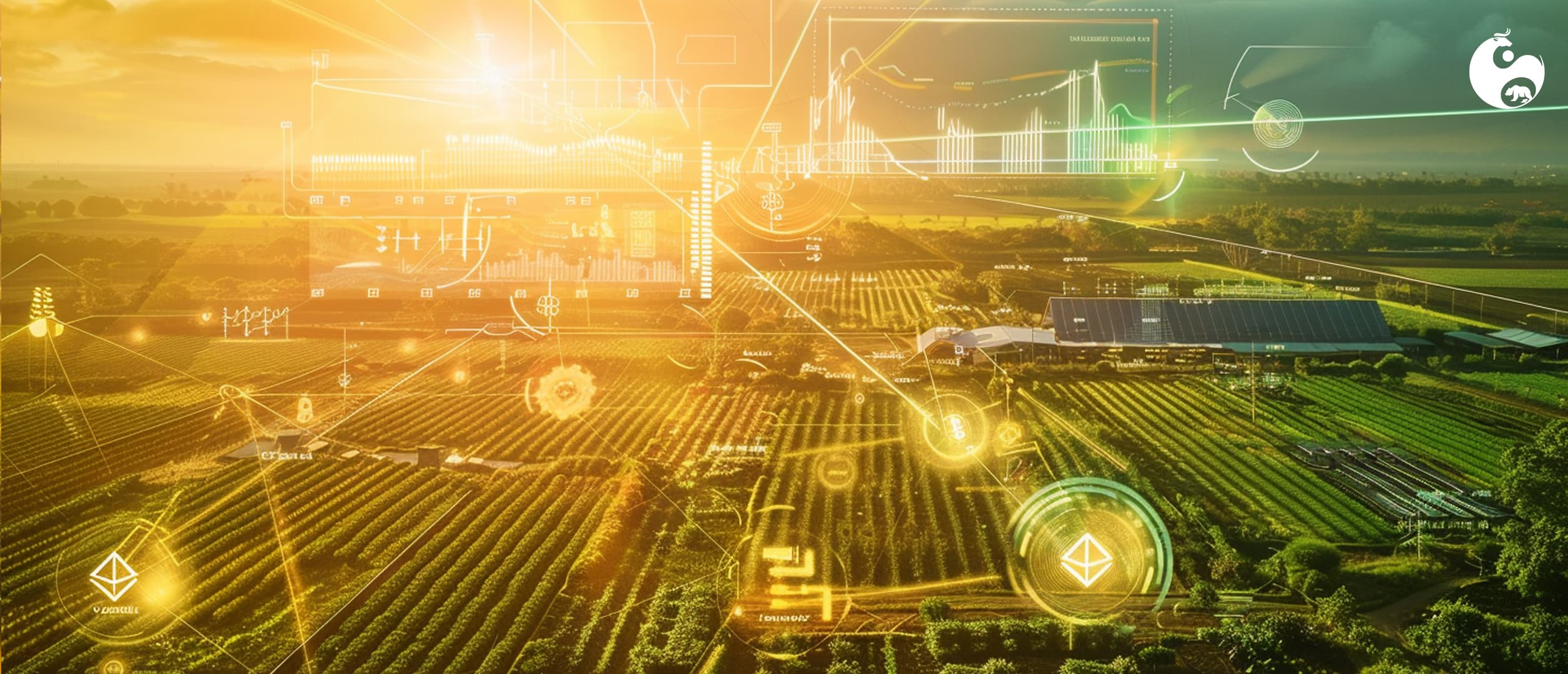Introduction
Blockchain and digital asset technologies are rapidly conquering new sectors of the economy, and the agro-sector is no exception. Fractional ownership in agriculture via tokenization provides a unique opportunity for farmers and investors to join forces for rural development. This model allows a large asset to be divided into many shares, making investments more accessible and flexible.
New Opportunities for Farmers
For farmers, fractional ownership means the ability to attract capital without having to relinquish full control of the operation. Through tokenization, agricultural assets can be divided into smaller investment shares, which allows for:
- Modernizing Production: Investments can be used for purchasing modern equipment, upgrading infrastructure, and implementing innovative agricultural technologies.
- Expanding Operations: By attracting additional investments, farmers can increase their cultivated areas and diversify the variety of crops grown.
- Risk Reduction: Dividing the investment base helps mitigate financial risks, making projects more resilient during adverse market conditions.
How Fractional Ownership Works
The fractional ownership model is based on the tokenization of agricultural assets. In this process:
Asset Division: A large asset (such as a farm, land plot, or processing facility) is divided into numerous tokens, each representing a share in the asset.
Investing by Purchasing Tokens: Investors buy tokens, which entitles them to a portion of the income generated by the asset and may also grant them participatory rights in management decisions.
Operational Transparency: The use of blockchain technology guarantees the immutability and transparency of transaction records, significantly reducing fraud risk and increasing market trust.
Advantages for Investors
For investors, the implementation of the fractional ownership model offers the following benefits:
Portfolio Diversification: The possibility to invest in the agricultural sector without committing a large sum to a single asset helps distribute risks.
High Liquidity: Tokenized shares are easier to sell or exchange on secondary markets, providing flexibility and the ability to respond quickly to market changes.
Transparency and Security: Blockchain technology makes all transactions verifiable, ensuring the protection of investors' rights and preventing unauthorized interference.
Investment Accessibility: By breaking down assets into smaller units, even modest amounts become significant, allowing a broader range of investors to enter the agricultural sector.
Examples of Successful Projects
Already, several projects have emerged in the market that demonstrate the effectiveness of the fractional ownership model in agriculture:
AgroToken: A platform that enables farms to split large assets into tokens to attract investments and enhance management efficiency.
FarmShare: An innovative project successfully implementing the idea of divided ownership, allowing investors to participate in the growth of farm operations with minimal capital outlay.
Agricoin: A project that combines tokenization technology with agritech, supplying farmers with access to modern production tools and investment resources.
Conclusion
Fractional ownership through tokenization opens up broad opportunities for both market sides – farmers secure the necessary capital for modernization and expansion, while investors gain access to a promising and diversified market. The transparency and security provided by blockchain technology make this concept highly efficient and attractive. In the era of the digital transformation of the agricultural sector, this model has the potential to become a key driver of rural development, ensuring the industry's sustainability and competitiveness on a global scale.
